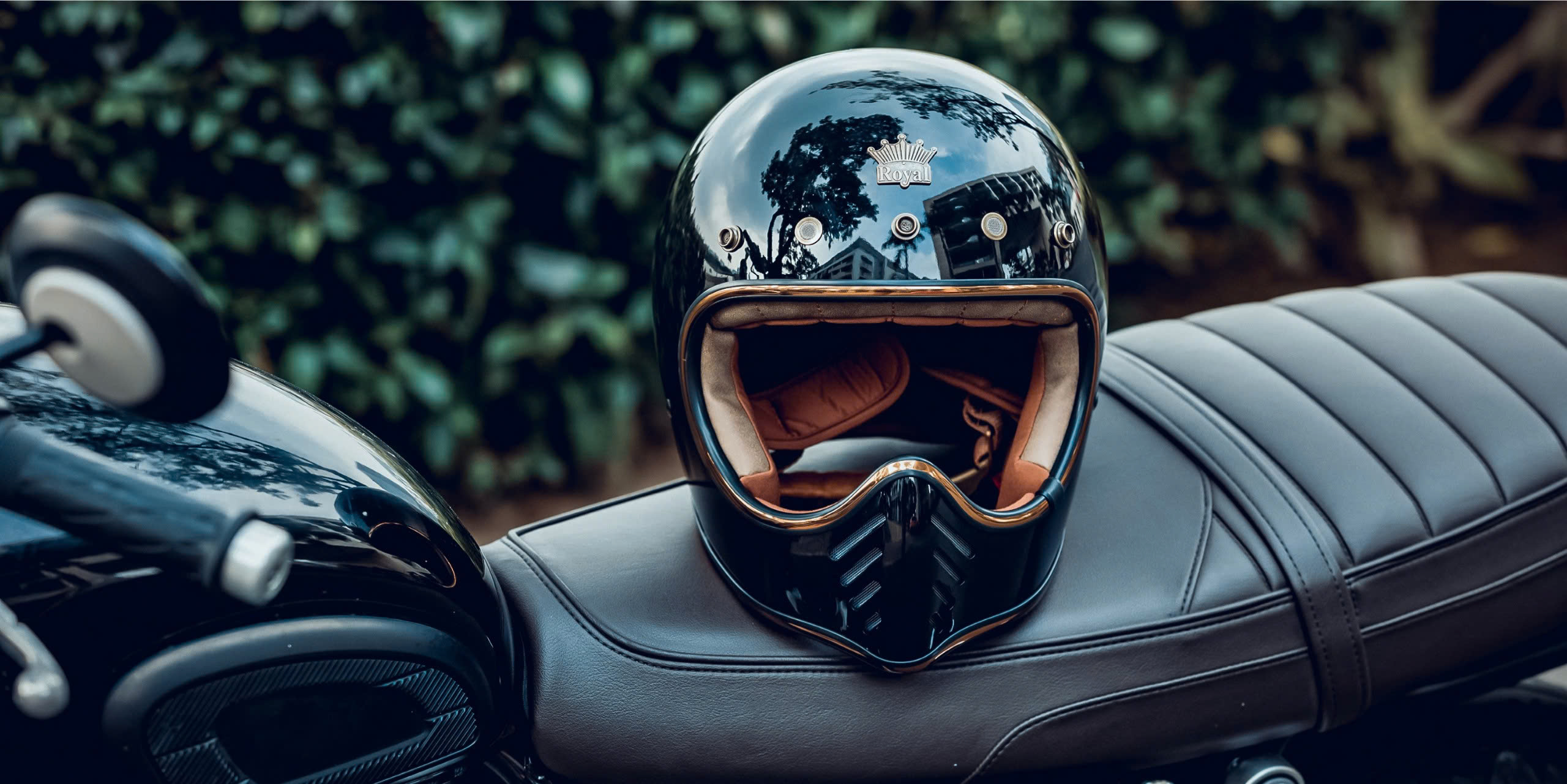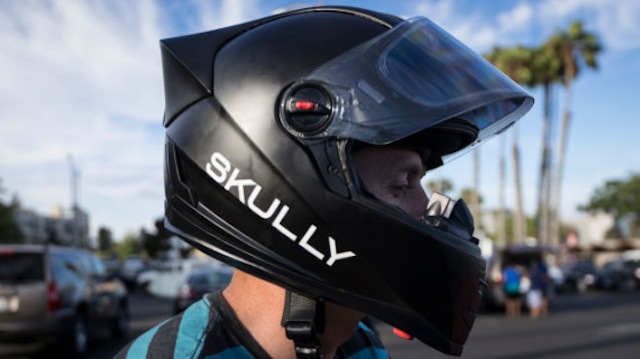When it comes to rider safety, a helmet is your most essential piece of gear. Whether you ride a motorcycle, bicycle, or even a horse, your helmet is your first line of defense against potentially life-threatening injuries. However, not all helmets are created equal. To ensure maximum protection and comfort, you need to pay attention to specific helmet features that can make a significant difference. This guide explores the key helmet features you shouldn’t ignore to stay safe on the road or trail.
Why Choosing the Right Helmet Matters
Helmets are designed to protect your head by absorbing impact forces during accidents. Beyond basic protection, a high-quality helmet can also provide comfort, reduce fatigue, and enhance your overall riding experience. Ignoring critical features can compromise both safety and comfort, putting you at greater risk during a fall or collision.

Key Helmet Features You Shouldn’t Ignore
1. Impact-Absorbing Materials
The primary function of a helmet is to absorb impact energy. Look for helmets made with high-quality materials such as:
- EPS Foam (Expanded Polystyrene): This is the standard material for most helmet liners. It compresses upon impact, reducing the force transmitted to your head.
- Multi-density Foam: Some helmets use layers of foam with varying densities for better energy absorption.
- Carbon Fiber or Fiberglass Shells: Lightweight yet strong materials that provide excellent impact resistance.
2. Fit and Sizing
A poorly fitting helmet can be just as dangerous as not wearing one at all. Key considerations include:
- Snug Fit: The helmet should fit snugly around your head without causing discomfort. It should not move excessively when you shake your head.
- Adjustable Straps: Look for helmets with easily adjustable chin and side straps to ensure a secure fit.
- Size Options: Most manufacturers offer helmets in a range of sizes. Refer to the size chart and measure your head circumference for the best fit.
3. Safety Standards and Certifications
Always check for helmets that meet established safety standards, which vary depending on your location and type of activity. Common certifications include:
- DOT (Department of Transportation): Required for motorcycle helmets in the U.S.
- CPSC (Consumer Product Safety Commission): For bicycle helmets in the U.S.
- Snell Certification: Indicates high-performance safety for motorcycle and motorsport helmets.
- ECE (Economic Commission for Europe): Widely recognized in Europe for motorcycle helmets.
- ASTM Standards: Commonly used for equestrian and other sport helmets.
4. Ventilation
Proper airflow is essential for rider comfort, especially during long rides or in hot weather. Features to look for include:
- Multiple Air Vents: Strategically placed vents ensure consistent airflow.
- Channeling Systems: Internal channels guide air over your head to keep you cool.
- Closable Vents: For colder weather, helmets with adjustable or closable vents are ideal.
5. Weight
The weight of your helmet plays a crucial role in comfort and fatigue levels. Lighter helmets are generally more comfortable for long rides. Materials like carbon fiber or polycarbonate reduce weight without compromising strength.
6. Padding and Liner
The interior padding significantly affects comfort and fit. Consider these factors:
- Removable and Washable Liners: Helps maintain hygiene by allowing you to clean sweat and dirt regularly.
- Moisture-Wicking Materials: Liners made from breathable and moisture-wicking fabrics keep you dry and comfortable.
- Anti-Bacterial Properties: Reduces odor and skin irritation.
7. Visor and Face Shield
Visors and face shields protect your eyes and face from wind, debris, and UV rays. Look for helmets with:
- UV Protection: Shields with UV filters prevent eye strain and skin damage.
- Anti-Fog Coating: Ensures clear vision in humid or cold conditions.
- Scratch Resistance: Prevents the visor from becoming cloudy over time.
- Quick-Release Mechanism: Allows easy replacement or adjustment of the visor.
8. Retention System
A reliable retention system keeps your helmet securely in place. Popular retention systems include:
- D-Ring Buckles: Known for their durability and security, commonly used in motorcycle helmets.
- Quick-Release Buckles: Offer convenience for cyclists or casual riders.
- Dial-Adjust Systems: Found in many bicycle helmets, allowing fine-tuned adjustments for a snug fit.
9. Multi-Directional Impact Protection System (MIPS)
MIPS is a cutting-edge safety feature designed to reduce rotational forces during angled impacts. This system allows the helmet to move slightly relative to your head, minimizing the risk of brain injuries like concussions.
10. Noise Reduction
For motorcyclists, wind and road noise can be distracting and tiring. Look for helmets with noise-reduction features such as:
- Aerodynamic Design: Reduces wind resistance and noise.
- Ear Pads or Liners: Helps block out excessive noise without compromising ventilation.
11. Reflective Elements
Visibility is a critical safety factor, especially for riders who travel at night or in low-light conditions. Helmets with reflective elements or high-visibility colors make you more noticeable to others on the road.
12. Bluetooth Compatibility
For motorcyclists and long-distance riders, Bluetooth-compatible helmets allow for hands-free communication, GPS navigation, and music streaming. Key features to consider include:
- Integrated Speakers and Microphones: Built directly into the helmet.
- Easy-to-Access Controls: Positioned for convenience without taking your eyes off the road.
- Battery Life: Ensure sufficient battery life for your riding needs.

Common Mistakes When Choosing a Helmet
Ignoring Certifications
Using uncertified helmets can compromise safety. Always check for appropriate certifications before purchasing.
Prioritizing Style Over Safety
While design and aesthetics matter, prioritize safety features over appearance to ensure maximum protection.
Buying the Wrong Size
An ill-fitting helmet can shift during a crash, reducing its effectiveness. Measure your head carefully and try on multiple sizes to find the right fit.
Neglecting Maintenance
Even the best helmets require regular cleaning and inspections to stay effective. Failure to maintain your helmet can reduce its lifespan and performance.
Conclusion
A helmet is more than just a piece of gear—it’s a lifesaving tool. Paying attention to critical features such as impact-absorbing materials, proper fit, certifications, and ventilation ensures maximum safety and comfort. By choosing the right helmet and maintaining it properly, you’re investing in your safety and peace of mind. Don’t compromise when it comes to protecting your head—your life may depend on it.


